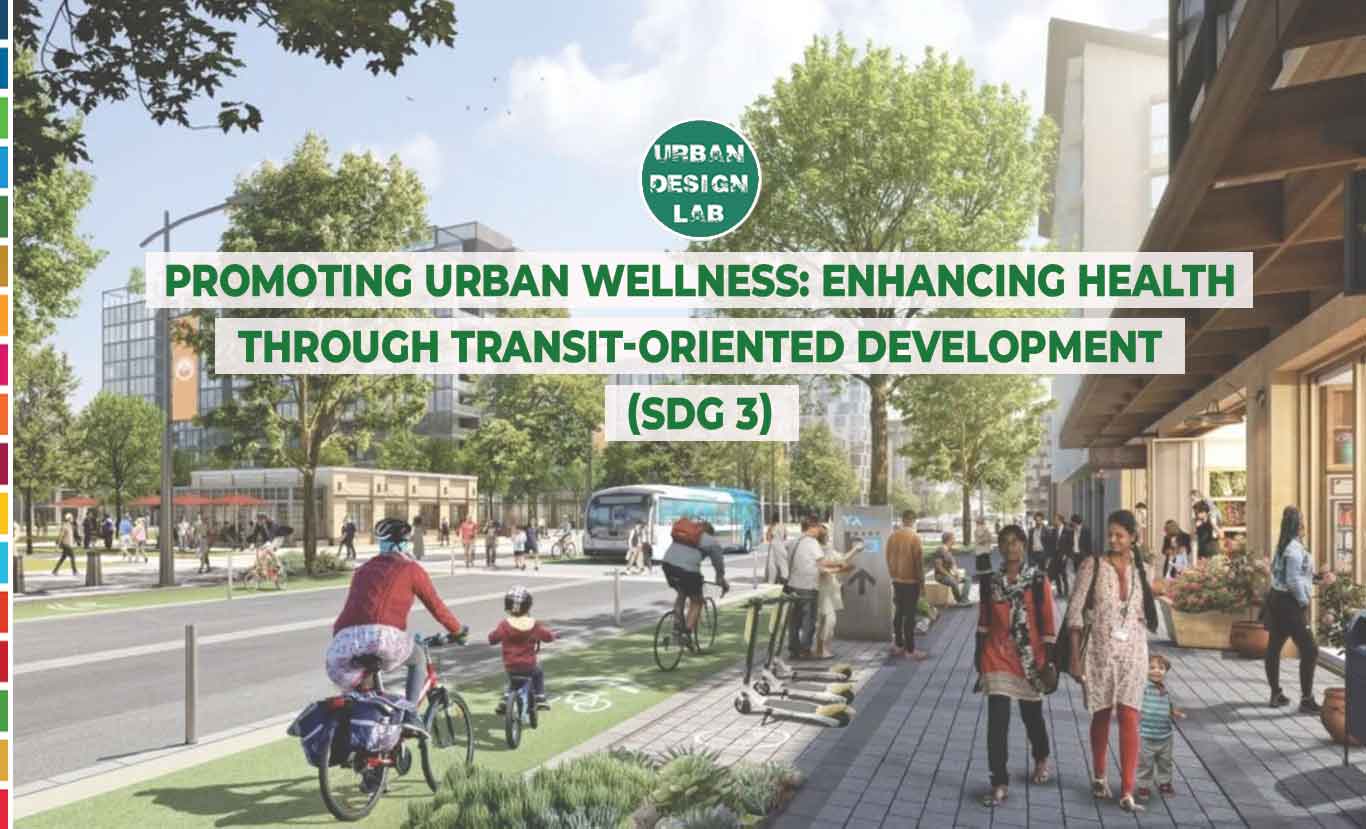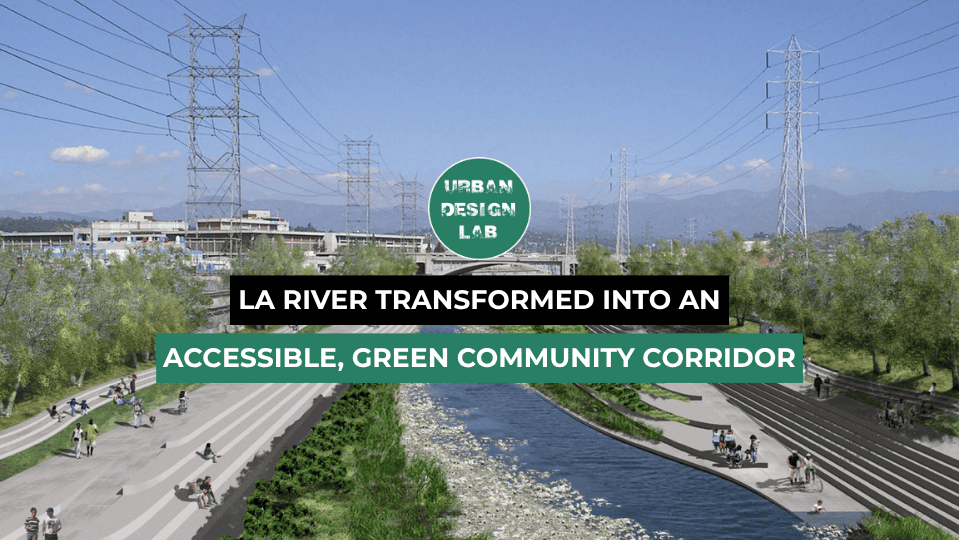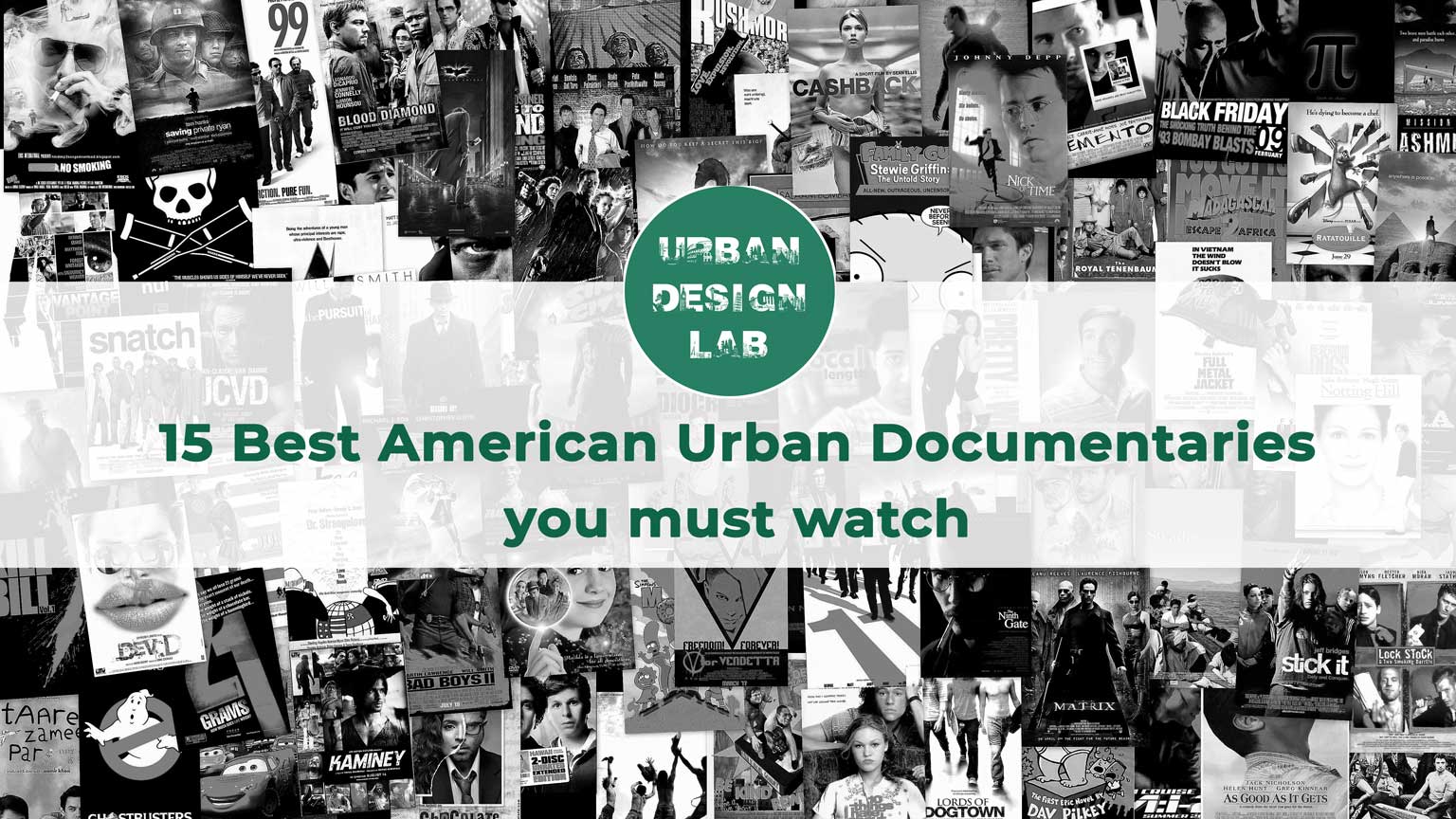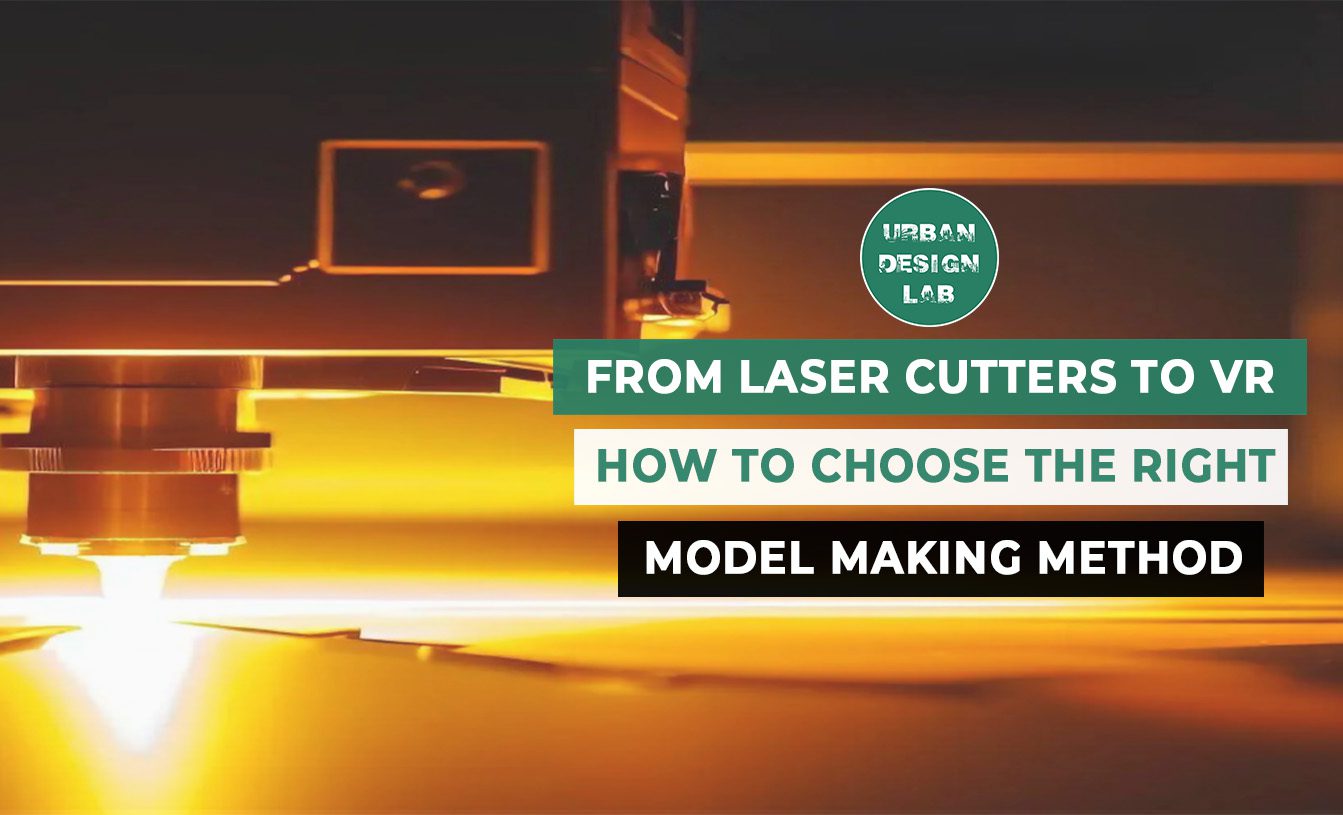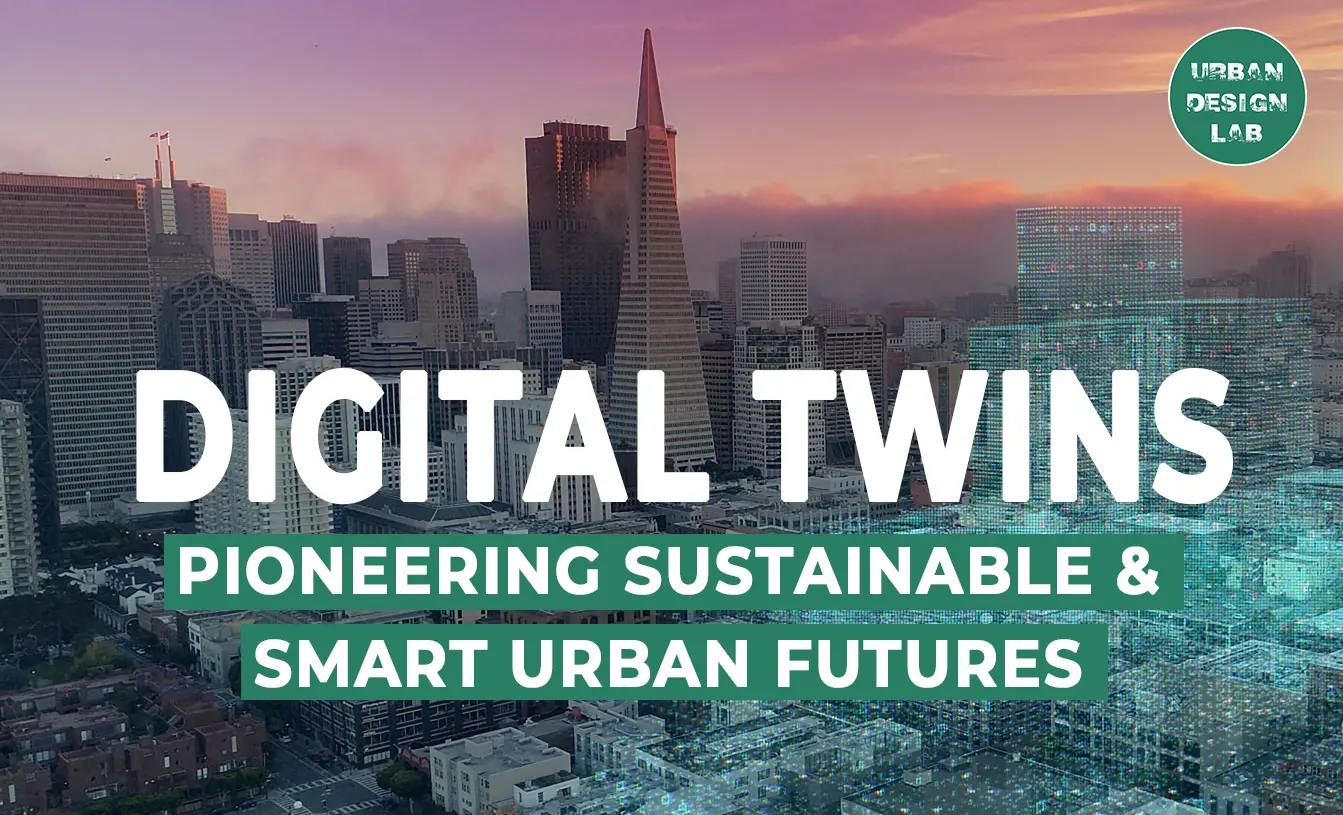
Book review: Anthropology of the City

Among the many fields that contribute to Urban studies, Anthropology is one with great influence. It provides insights about the social and cultural aspects of cities.
In this review, an introduction to urban anthropology book was viewed and summarized, including the content and structure of the book after a brief introduction about the authors and their contributions to their fields. The article highlights the key points of each chapter, giving a brief analysis of each mentioned topic along with an objective critique of the content.
Introduction
Urban studies are interdisciplinary in nature because cities are complex systems. They consist of the interaction between human and material components (Rybski & Gonza ́lez, 2022). As soja (2010) describes space, he refers to the social aspects of space as it’s not an empty void, but is heterogeneous that is filled with politics, ideology, and other forces shaping our life. Urban studies include contributions from several fields such as anthropology, sociology, economics and others.
Anthropology simply defined as the science of man that studies and describes human lifeways, is one with great significance to urban studies for its methodological and comparative approaches which give data that are unique and hard to obtain through other social sciences. Thus, urban anthropology has much to contribute for understanding and dealing with urban problems. Anthropology of the city by Edwin Eames and Judith Granich Goode is an introduction of this subfield. It describes this literature through its origins, its importance and explains terms related to the city and what is urban about different social aspects along with describing Urban Anthropology research approaches and challenges.
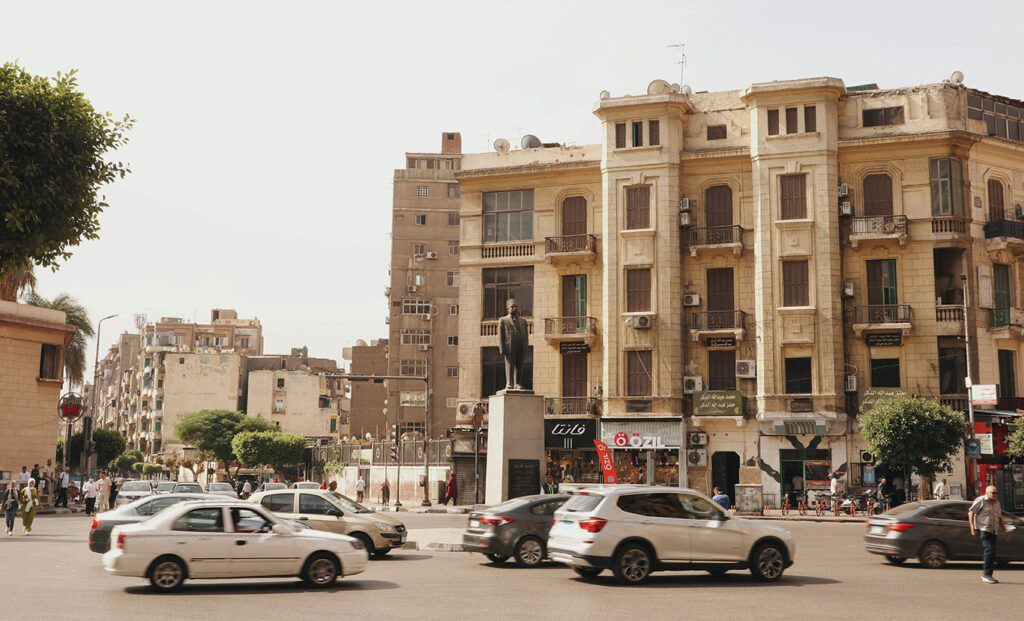
About the authors
Written by Edwin Eames and Judith Granich Goode, the book was published in 1977 by Prentice-Hall, New Jersey, USA. Eames earned his PhD in Anthropology and worked for 15 years in the Anthropology department at Temple university and after that at Baruch College, branch of the City University of New York. He also was an adjunct professor of Sociology at CSU Frenso. Eames published 4 academic books, 30 academic articles and he was supported by many research grants to continue his Anthropological research (Eames, 2004).
Judith Granich Goode is an Urban Anthropologist who conducted fieldwork in Columbian cities while studying class formation and urban poverty. Her research included Ethnographic works and She helped founding SUNTA (Society for Urban, National and Transnational Association) and SANA (Society for the Anthropology of North America) (Temple University College of Liberal Arts).
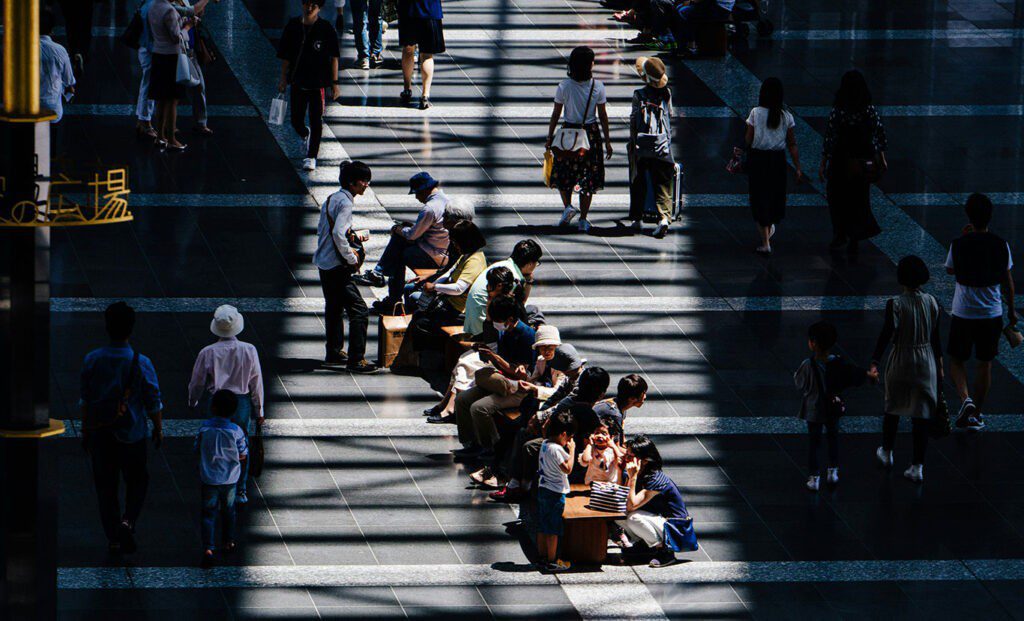
Source: Website Link
Book structure and content.
The book consists of four parts, each part consists of 1 or 2 chapters as follows:
- Part one: What is Urban Anthropology?
This part covers the development of Anthropology and how Urban Anthropology emerged. As well as the recognition and importance of the field. Furthermore, explanation of the meaning of urban in urban studies and urban anthropology.
- Part two: Cities in perspective.
Here, the origins, roles, and functions of cities are explored including urban typologies used in categorizing the city and the dynamics of contextual relationships of the city to its hinterlands and other cities.
- Part three: Urban Ethnography.
This part focuses on the social construction of the city and the interaction of its units. Exploring the city’s social and cultural heterogeneity, It emphasizes the contributions of ethnographic research, which is part of anthropological studies, in establishing the view of urban social relationships.
- Part four: What to do and what not to do.
This part discusses the methods, techniques, and ethics of urban anthropological research. It also highlights the different challenges that urban anthropologists face.
The last chapter, titled “The Culture of Poverty,” serves as an implication for the discussed ethical and methodological problems by discussing the concept.

The Emergence of Urban Anthropology
To describe what Urban Anthropology is, it’s important to understand the whole origination of the field through the development of Anthropology itself and what caused “urban” to be added, and what it meant.
- The Origination of anthropology: In the exciting beginning of the book, the authors viewed how this image of the Anthropologist “who wears khaki shorts and a pith helmet” changed. Anthropology originated in the West historically (Eriksen & Nielsen, 2013). Thus, it’s development was through western exploration of tribal societies to describe and understand their way of life.
- The recognition of Urban Anthropology: Historical events like World War II led to utilizing Anthropology to study problems, populations, or “study the enemy.” Some Anthropologists then shifted their interest to studying peasant societies and then urban areas. Thus, Urban Anthropology emerged, and what made it unique from other social sciences was its approaches and methodologies.
- The meaning of urban in Urban Studies and Urban Anthropology: The increasing urbanization makes it necessary to analyze the process (Schmid et al., 2018). The book explained the difficulties in using and defining the word urban in urban studies and suggested a usage of many urban terms for clearer understanding and application.
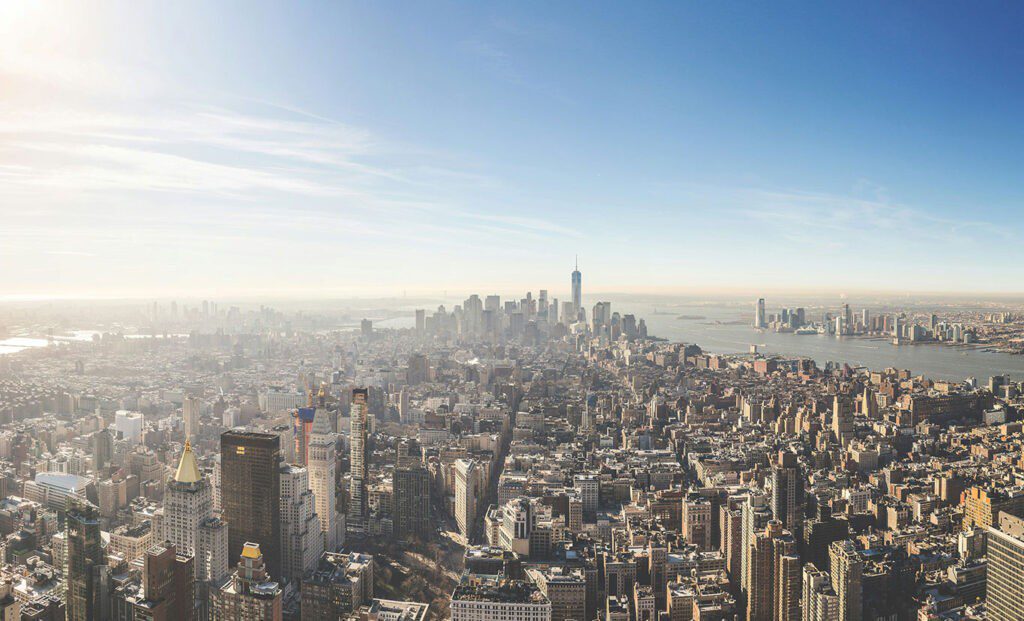
Perceiving the city and its contextual relationships
The origin of the city and its dynamic relationships within the larger social system, understood through its functions, are discussed.
- City Origins
The emergence of cities is closely linked to food production and cultivation. Historically, the first cities appeared along rivers and were associated with the existence of states, serving as centers of economic and political functions. This connection is crucial in explaining the subsequent roles of cities. - The Interplay between Humans, Culture, and Natural Resources
The impact of cultural ecology on urban anthropology is explored, highlighting the intricate relationships between humans, culture, and natural resources. - The Roles of Cities
Following the discussion on the origins of cities, it is noted that cities emerged to fulfill specific functions, categorized into three main types:
- Economic
- Political
- Cultural
The functioning of these roles, both within the city and its hinterlands and in its broader geographical context, is comprehensively explained.
- City’s Dynamic Relationships and Urban Anthropology
The evolving functions of cities present a fascinating area of study for urban anthropologists, particularly regarding their impact on the form and life of the city. Ethnographic research focused on specific urban units provides valuable insights into the city’s internal dynamics and its external relationships.

Urban Ethnography
Ethnography refers to the research method used in Anthropology and social studies, in which a certain culture is described. It’s literal definition is “a portrait of people”(Harris & Johnsom, 2000). This part includes a comprehensive explanation of the relationship between urban life and primary social relationships as social networks and kin ties.
One contribution of Urban Ethnography was correcting the view of urban life characterized by depersonalization and the loss of strong relationships between people.
The focus then was towards the ways societies can be categorized by 3 main principles:
- Neighborhoods
- Ethnic groups and common culture
- Occupation
Relating this to the city was by viewing the urban spaces or the urban settings and events that leads to bring different groups of population together.
Discussing the primary social units and the organizing principles of urban life emphasizes the uniqueness of the data collected by anthropological research.
Urban Anthropological Research
The concluding section of the book addresses the complexities encountered in conducting urban anthropological research. One such challenge is the selection of the unit of ethnographic study, which can be problematic due to the fluid and inconsistent boundaries within urban systems, in contrast to the more stable boundaries found in tribal groups. Additionally, the section explores difficulties in fieldwork, ethical considerations, data collection, and the protection of informants. To explicitly illustrate these challenges, the concept of the culture of poverty is utilized as an example, highlighting its limitations for urban anthropological studies.
Critique
Eames and Goode intended to give an introduction to a relatively new subfield of Anthropology that is Urban Anthropology. Authors made their introduction through historical review, viewing each topic through its origin and analysis of relevant studies. They provided a respectable amount of information that leads to understanding the field’s perspectives.
Despite the book’s language requiring the reader to have some prior knowledge of Anthropological studies while describing the emergence of the subfield of Urban Anthropology, the book structure was sequential and organized.
Understanding the complex interactions of the city needs interdisciplinary work. In discussing participatory urbanism which is another term for tactical urbanism defined by inclusivity and collaboration, it’s important to understand for whom this urban design is made and the consequences of the design on the cultural context of projects (Wortham-Galvin,2013). as Wortham-Galvin (2013) stated in understanding participatory urbanism, it can be by understanding it as an Anthropology of urbanism, this way it can become more exclusive. The book gives a good understanding to the social aspects of urban spaces, by describing what is “urban” about each topic and whether it affects or is affected by the city.
-1
Conclusion
In the context of ongoing urbanization, urbanists are continually confronted with a variety of complex problems. These urban issues are multifaceted, and identifying their origins is often challenging, as illustrated by the discussion of the culture of poverty in the final chapter of the book. The intricate nature of these problems makes it difficult to ascertain whether they are inherently a result of urban settings. Consequently, understanding the social aspects of a city necessitates a broad perspective. While urban anthropology may not always provide explicit answers, its insights are nonetheless invaluable.
The book comprehensively introduces the field by examining the social, cultural, and political dimensions of urban life. It discusses methodological approaches and techniques in urban anthropological research, as well as the associated issues and challenges.
References
- Rybski, D & Gonza’lez MC. (2022). Cities as complex systems. collection overview. PLoS ONE17(2): e0262964. https://doi.org/10.1371/journal.pone.0262964
- Soja, E. (2010). seeking spatial justice. The university of Minnesota press
- Eames, E., Goode, G.(1977). anthropology of the city: introduction to urban anthropology. Prentice-Hall
- Ragged edge online. (2004, july 5). My Grand Deception.
- https://www.raggededgemagazine.com/life/eamesdeception0604.html
- Temple University college of liberal arts. (2024). Judith Goode biography.
- https://liberalarts.temple.edu/academics/faculty/goode-judith
- Eriksen, T., Nielsen, F. (2013). A history of Anthropology. Pluto Press.
- Schmid, O. et al, (2018). Towards a new vocabulary of urbanisation processes: A comparative approach. Urban studies journal, 55(1), 19-52.
- https://planetaryurbanisation.ethz.ch/assets/articles/towards-a-new-vocabulary-of-urbanisation-processes-a-comparative-approach/Toward-a-new-vocabulary_Urban-Studies.pdf
- Harris, M., Johnsin, O. (2000). cultural anthropology. Needham Heights, MA: Allyn and Bacon
- Wortham-Galvin, B. “An Anthropology of Urbanism: How people make places and what designers and planners might learn from it” in the participatory turn in urbanism, 21-40. Foot print.2013

Farah Usama
About the author
Farah is currently an Architecture student at Benha university in Egypt. She is a passionate reader Led by curiosity to explore the intersections between urbanism and culture, politics and heritage. Her experience is from her academic projects in research, architecture design, urban planning and urban design and also from professional training in Engineering companies in her summer breaks.
Related articles


Architecture Professional Degree Delisting: Explained

Periodic Table for Urban Design and Planning Elements


History of Urban Planning in India

UDL Illustrator
Masterclass
Visualising Urban and Architecture Diagrams
Session Dates
17th-18th January 2026

Urban Design Lab
Be the part of our Network
Stay updated on workshops, design tools, and calls for collaboration
Curating the best graduate thesis project globally!

Free E-Book
From thesis to Portfolio
A Guide to Convert Academic Work into a Professional Portfolio”
Recent Posts
- Article Posted:
- Article Posted:
- Article Posted:
- Article Posted:
- Article Posted:
- Article Posted:
- Article Posted:
- Article Posted:
- Article Posted:
- Article Posted:
- Article Posted:
- Article Posted:
Sign up for our Newsletter
“Let’s explore the new avenues of Urban environment together “

























